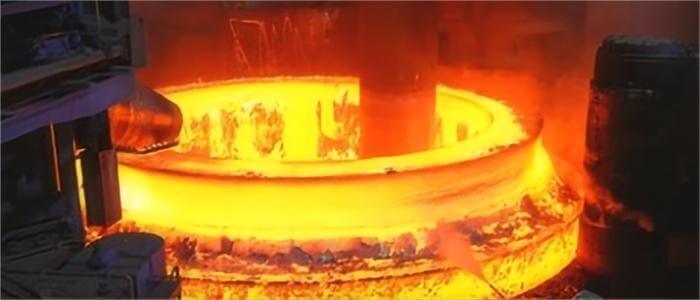I. Introduction
Wind power casting is a crucial part of the wind turbine manufacturing process. Wind turbine components, such as blades, gears, and housings, are often produced using various casting processes. The German wind power casting market is growing steadily, driven by rising demand for renewable energy and the government’s focus on clean energy solutions. One vital aspect of wind power casting is the use of foam ceramic filters to achieve high-quality castings. This article takes an in-depth look at the German wind power casting production market and the application of foam ceramic filters in wind power castings.
II. Overview of the German Wind Power Casting Market
Germany is a leading country in wind power production and consumption. It has installed wind power capacity of over 60 GW, which is the highest in Europe. The government aims to increase this to 65 GW by 2030. This growth is in line with its renewable energy goals, which aim to generate 80% of the country’s energy from renewable sources by 2050. Wind power casting is a vital component of the wind turbine manufacturing process, and the German market is projected to grow at a CAGR of 6.4% from 2021 to 2028.
The German wind power casting market is highly fragmented, with many small and medium-sized enterprises (SMEs) operating in the sector. The market is also highly competitive, with companies vying for contracts from wind turbine OEMs. Some of the key players in the German market include Alcoa, Wacker Chemie, Castings PLC, and Heinrich Georg Maschinenfabrik GmbH.

III. Wind Power Casting Processes
Wind power castings can be produced using various casting processes. The most common casting processes used in wind turbine manufacturing are:
– Investment Casting: This process involves pouring molten metal into a wax mold. The wax mold is then removed, leaving behind a metal casting.
– Sand Casting: This process involves creating a mold from sand and pouring molten metal into the mold. After the metal cools and solidifies, the sand mold is broken away, leaving behind a metal casting.
– Die Casting: This process involves injecting molten metal into a steel mold under high pressure. Once the metal cools and solidifies, the casting is ejected from the mold.
– Permanent Mold Casting: This process involves pouring molten metal into a permanent mold made of steel, iron, or graphite. This process is widely used for producing larger wind turbine components, such as housings and frames.
IV. The Role of Foam Ceramic Filters in Wind Power Castings
One crucial aspect of wind power casting is achieving high-quality castings free of defects such as porosity, inclusions, and surface irregularities. The presence of these defects can compromise the strength and durability of the castings, leading to early failure of wind turbines. To overcome these challenges, foam ceramic filters are used in the casting process.
Foam ceramic filters are porous ceramic filters made of alumina, silicon carbide, or zirconia. The filters are available in different pore sizes and shapes, depending on the application. The primary function of foam ceramic filters is to trap impurities and prevent them from entering the casting. The filters have a high filtration efficiency, ranging from 80% to 99%, depending on the size of the filter and the casting process.
The use of foam ceramic filters in wind power castings brings several benefits, including:
– Improved Casting Quality: Foam ceramic filters prevent the formation of inclusions, porosity, and surface defects, resulting in high-quality castings with consistent mechanical properties.
– Reduced Scrap Rate: The use of foam ceramic filters reduces the number of castings rejected due to defects, leading to a lower scrap rate and higher yield.
– Increased Productivity: Foam ceramic filters enable faster casting production, since they reduce the incidence of defects that require rework or scrapping.
V. Conclusion
The German wind power casting market is growing steadily, driven by increased demand for renewable energy and the government’s focus on clean energy solutions. Wind power castings are crucial components of wind turbines, produced using various casting processes. One vital aspect of wind power casting is the use of foam ceramic filters, which help achieve high-quality castings free of defects. The use of foam ceramic filters brings several benefits, including improved casting quality, reduced scrap rates, and increased productivity. The German wind power casting market is highly competitive, with SMEs and large corporations competing for contracts from wind turbine OEMs. Overall, the future of wind power casting in Germany is bright, and the continued use of foam ceramic filters will play a crucial role in ensuring the production of high-quality castings for wind turbines.


